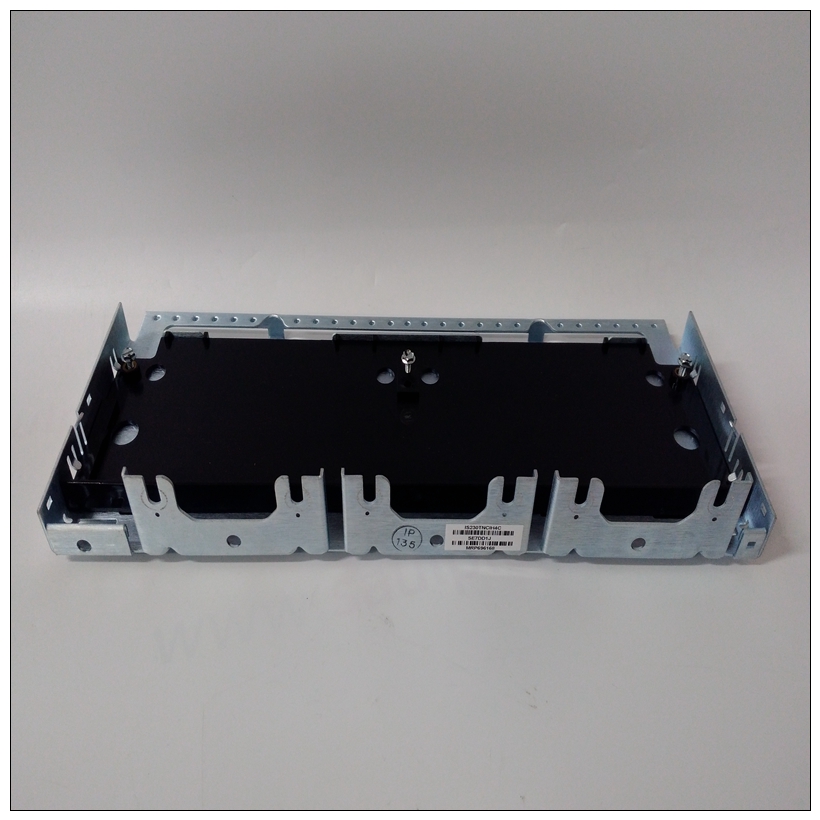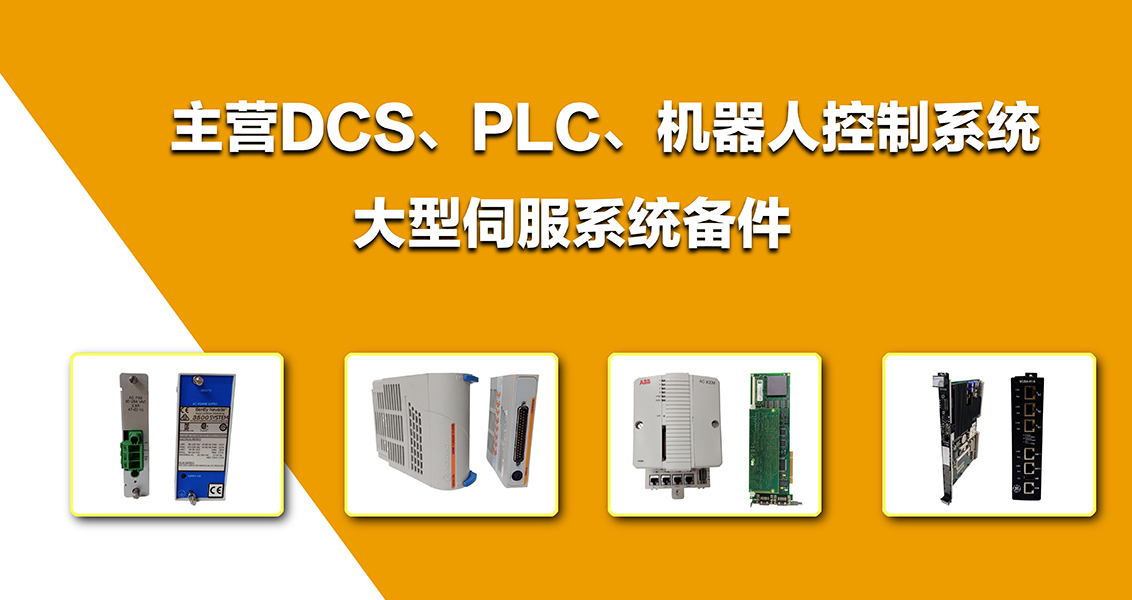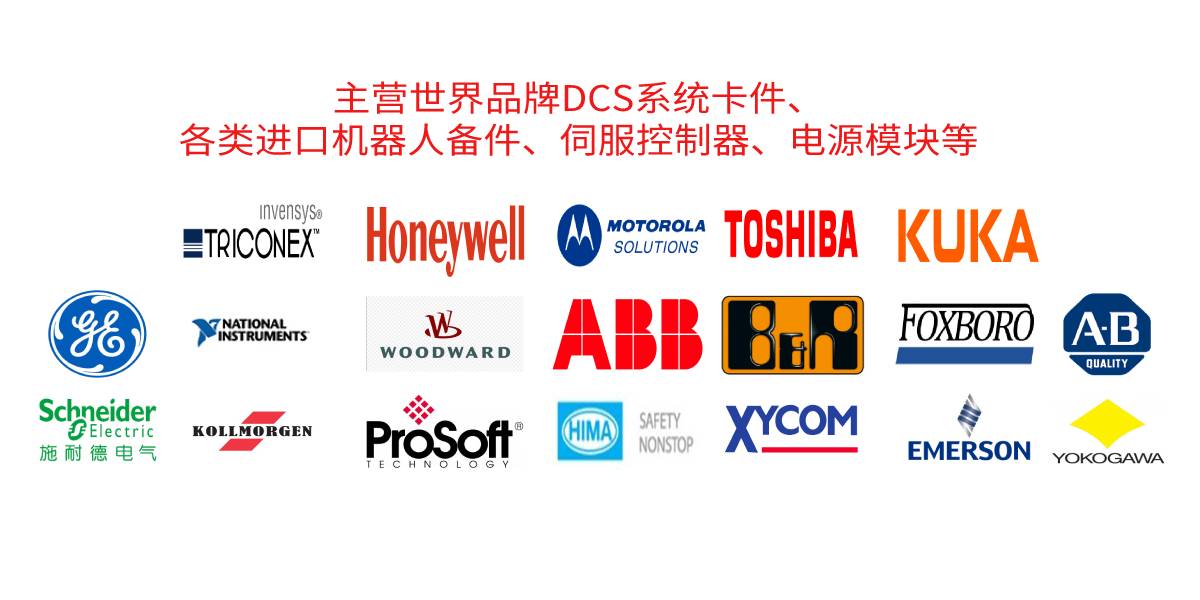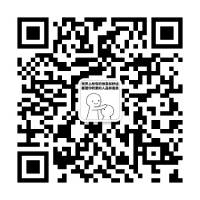IS230TNCIH4C燃机模块,GE英文说明
接口特性在指定DTE和之间串行二进制数据交换的参数时DCE设备,EIA-530标准假设使用平衡线路,除了对于远程环回、本地环回和测试模式线路单端。平衡线路数据交换通常用于优先考虑不平衡线路数据交换,其中存在以下任何情况:以条件为准:❏ 互连电缆太长,无法进行有效的不平衡操作。❏ 互连电缆暴露于可能导致导致不需要的电压超过差分测量的±1V在信号导体和电缆,带50Ω 替代变送器的电阻器。


IS230TNCIH4C燃机模块❏ 有必要尽量减少对其他信号的干扰。❏ 可能需要反转信号(例如,正负极性标记极性标记可以通过反转电缆对来实现)。EIA-530接口发射器和接收器参数适用于MVME162列于表A-5和A-6正确接地需要考虑的一个重要问题是接地引脚的使用。有两个针脚标记为GND。针脚7是信号接地,必须连接到远端完成电路的装置。针脚1是机箱接地,但必须使用小心。机箱通过绿色电缆连接至电源接地电源线中的电线,必须连接以符合电气规范。问题是,当装置连接到不同的电源插座时,地电位可能有几伏的差异。每个的If引脚1该装置通过电缆和其他装置互连,电流为几安培可能导致。这种情况可能不仅对中的小导线有危险一种典型的电缆,但也可能产生电噪声,导致数据错误传输这就是为什么表A-1和A-4显示引脚1没有连接。通常情况下,针脚7(信号接地)只应连接到底盘接地在某一点上;如果一台计算机使用多个终端,则逻辑位置因为这一点是在计算机上。端子不应连接逻辑接地回路和机箱之间。
Interface Characteristics
In specifying parameters for serial binary data interchange between DTE and
DCE devices, the EIA-530 standard assumes the use of balanced lines, except
for the Remote Loopback, Local Loopback, and Test Mode lines, which are
single-ended. Balanced-line data interchange is generally employed in
preference to unbalanced-line data interchange where any of the following
conditions prevail:
❏ The interconnection cable is too long for effective unbalanced operation.
❏ The interconnection cable is exposed to extraneous noise sources that may
cause an unwanted voltage in excess of ±1V measured differentially
between the signal conductor and circuit ground at the load end of the
cable, with a 50Ω resistor substituted for the transmitter.
❏ It is necessary to minimize interference with other signals.
❏ Inversion of signals may be required (e.g., plus polarity MARK to minus
polarity MARK may be achieved by inverting the cable pair).
EIA-530 interface transmitter and receiver parameters applicable to the
MVME162 are listed in Tables A-5 and A-6Proper Grounding
An important subject to consider is the use of ground pins. There are two pins
labeled GND. Pin 7 is the signal ground and must be connected to the distant
device to complete the circuit. Pin 1 is the chassis ground, but it must be used
with care. The chassis is connected to the power ground through the green
wire in the power cord and must be connected to be in compliance with the
electrical code.
The problem is that when units are connected to different electrical outlets,
there may be several volts of difference in ground potential. If pin 1 of each
device is interconnected with the others via cable, several amperes of current
could result. This condition may not only be dangerous for the small wires in
a typical cable, but may also produce electrical noise that causes errors in data
transmission. That is why Tables A-1 and A-4 show no connection for pin 1.
Normally, pin 7 (signal ground) should only be connected to the chassis ground
at one point; if several terminals are used with one computer, the logical place
for that point is at the computer. The terminals should not have a connection
between the logic ground return and the chassis.







